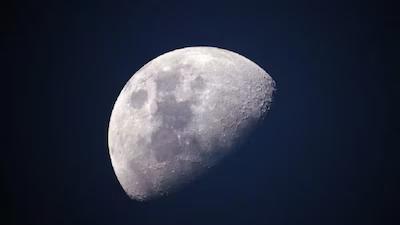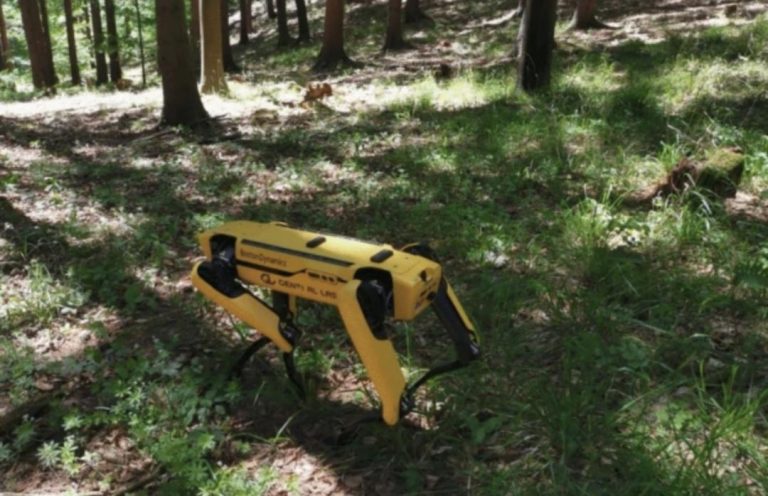
Moon has a solid iron-like core: Study
The Moon, Earth’s faithful companion in the vast expanse of space, has long been a subject of fascination and study for astronomers and planetary scientists. For decades, researchers have sought to unravel the mysteries of the Moon’s composition, evolution, and internal structure. A recent breakthrough study has shed new light on the Moon’s interior, revealing a solid iron-like core at its center. This discovery not only provides valuable insights into the Moon’s formation and evolution but also has significant implications for our understanding of the Moon’s magnetic field, geological activity, and the potential for resource utilization.
According to the study, the Moon’s solid inner core has a density similar to iron, measuring around 7,822 kilograms per cubic meter. This core is estimated to have a radius of approximately 258 kilometers, surrounded by a liquid outer core that extends to about 362 kilometers. The researchers used a combination of seismic data and gravitational measurements to determine the Moon’s internal structure, providing a more detailed and accurate picture of the Moon’s core than previously thought.
The discovery of a solid iron-like core at the Moon’s center has significant implications for our understanding of the Moon’s evolution over time. The Moon is believed to have formed about 4.5 billion years ago, not long after the formation of the Earth, from debris left over after a massive collision between the Earth and a Mars-sized object called Theia. This collision is thought to have caused a large portion of the Earth’s mantle and crust to be ejected into space, eventually coalescing into the Moon.
The presence of a solid iron-like core suggests that the Moon underwent a process known as differentiation, where heavier elements like iron sank to the center of the Moon, while lighter materials like silicates rose to the surface. This process is similar to what is thought to have occurred on Earth, where the iron-rich core is surrounded by a mantle of silicate rocks.
The study’s findings also help explain the Moon’s magnetic field, which is much weaker than the Earth’s. The presence of a solid iron-like core provides a possible explanation for the Moon’s magnetic field, as the motion of molten iron in the outer core could generate a magnetic field through a process known as a geodynamo. However, the Moon’s magnetic field is not as strong as the Earth’s, suggesting that the Moon’s core may be cooler and less dynamic than the Earth’s.
The discovery of a solid iron-like core also has implications for the Moon’s geological activity. The Moon is thought to have been geologically active in the past, with evidence of ancient volcanism and tectonic activity. The presence of a solid core could provide a source of heat for geological activity, as the decay of radioactive elements in the core could generate heat and drive volcanic and tectonic processes.
The study’s findings also have significant implications for future lunar missions and the potential for resource utilization on the Moon. The presence of a solid iron-like core suggests that the Moon may have significant reserves of iron and other metals, which could be exploited for use in space-based industries such as solar panel production and spacecraft construction.
In conclusion, the discovery of a solid iron-like core at the Moon’s center is a significant breakthrough in our understanding of the Moon’s internal structure and evolution. The study’s findings provide valuable insights into the Moon’s formation, magnetic field, geological activity, and potential for resource utilization. As researchers continue to study the Moon and its internal structure, we can expect to gain a deeper understanding of the Moon’s history and evolution, as well as its potential for supporting human exploration and development.
The study’s results are a testament to the power of scientific inquiry and the importance of continued exploration and research into the Moon and its many mysteries. As we continue to push the boundaries of our knowledge and understanding of the Moon, we can expect to uncover even more surprising and unexpected discoveries that will help shape our understanding of the universe and our place within it.
News Source: https://www.nature.com/articles/s41586-023-05935-7






